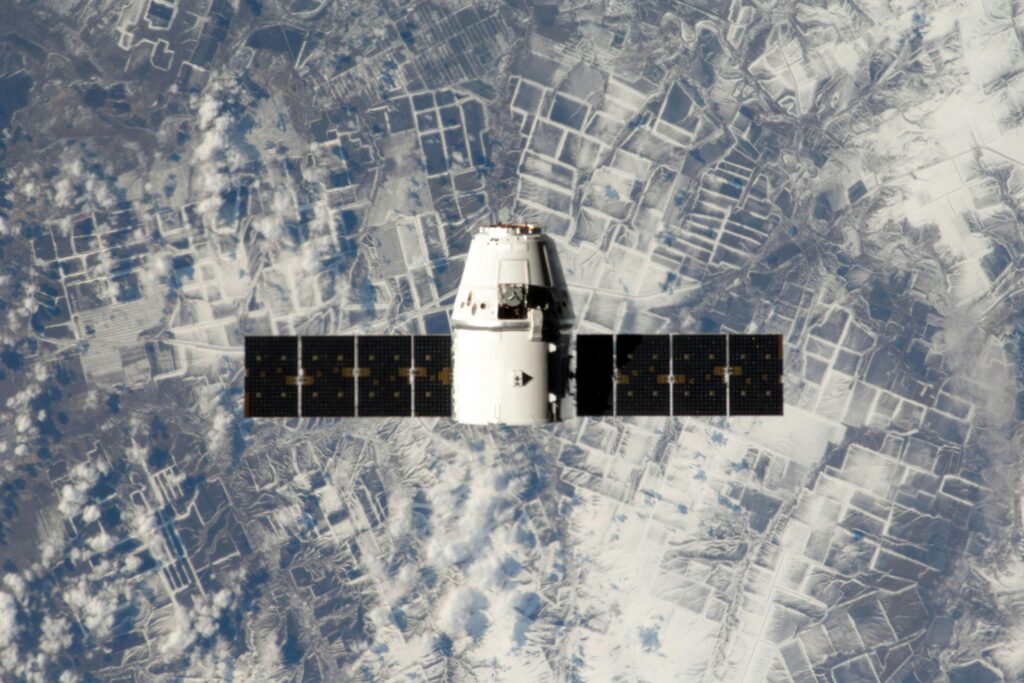An extraordinary incident in Kenya has captured worldwide attention. A massive piece of space debris crashed into the village of Mukuku. While experts investigate the origin of the object, they are warning about the increasing dangers of growing space debris.
Metallic Ring Crash Stuns Mukuku
On December 30, 2024, a 500-kilogram metallic ring from space landed in Mukuku, a village in Makueni County. The ring, measuring 2.5 meters in diameter, was identified by the Kenya Space Agency (KSA) as a separation ring from a multistage rocket. These rings are used to separate rocket stages during launches and are discarded afterward.
The KSA acted promptly, securing the site with the help of local authorities and security forces. The mysterious object was retrieved and transported to a laboratory for detailed analysis. Initial examinations confirmed that the debris is a standard component of space missions.
Curious villagers gathered around the smoldering object, initially concerned about potential risks. Many were anxious about possible dangers to their safety. However, the KSA reassured the public, stating, “The object poses no immediate threat.” While this calmed the local population, it left significant questions unanswered.
Investigating the Origin: Who Is Responsible?
The KSA is now working to trace the rocket to which the separation ring belonged. This investigation brings international space law into focus, which holds nations accountable for the objects they launch into space. This responsibility extends even to space debris that re-enters the Earth’s atmosphere and lands uncontrollably.
This incident highlights a growing global issue: the escalating amount of space debris orbiting Earth. According to NASA, approximately 6,000 tons of debris are currently in Earth’s orbit. This figure continues to rise, driven by the boom in commercial space projects. Each new satellite and rocket launch increases the likelihood of collisions and falling debris.
The Kessler Syndrome: A Looming Threat
Scientists, including Vishnu Reddy from the University of Arizona, have expressed concerns about the rising density of space debris. “The number of launched objects has grown exponentially in recent years,” Reddy explained. This surge brings the threat of the Kessler Syndrome closer to reality.
The Kessler Syndrome describes a chain reaction of collisions in low Earth orbit (LEO). Such collisions could render large regions of orbit unusable. This scenario not only jeopardizes future space exploration but also poses severe risks to Earth-based technologies. Satellite-dependent services like GPS, telecommunications, and weather forecasting could be severely disrupted.
The crash in Mukuku is an unusual event but serves as a stark reminder of the urgent need to address the space debris problem. Experts emphasize that only international collaboration and stricter regulations can mitigate these risks. The incident highlights the pressing need for action to control space debris before more significant consequences occur.
For those interested in the implications of space exploration and space debris, Space Debris: A Growing Threat to Space Missions explores the challenges of space debris and technologies for managing its risks, making it a must-read for space science enthusiasts.
